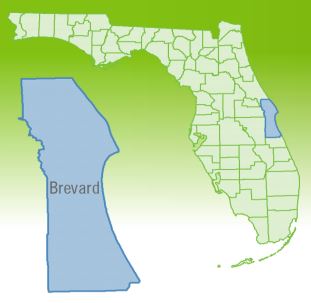Housing Outlook in Face of Rising Rates
The second quarter GDP figures were highly encouraging, assuring that job creation continues.
By Lawrence Yun, Chief Economist, National Association of REALTORS®
The second quarter GDP figures were highly encouraging, assuring that job creation continues. Jobs will become ever more important in what looks to be a sure rising interest-rate environment. Surprisingly, rates have barely moved this year. But sooner or later (by year end), there is likely to be a jump in rates, though the exact timing is difficult to pinpoint.
GDP Annual Growth Rates by Year
Year GDP Growth Rate
2010 2.5
2011 1.6
2012 2.3
2013 2.2
2014 forecast 1.7
2015 forecast 2.8
Source: BEA, NAR Research
Numerically, GDP in the second quarter increased at a 4 percent annualized rate, but that sharp growth was only for one quarter and the general pace of expansion has been inconsistent and uneven. Annual growth rates have been less than impressive after the harsh recession of 2008-2009, as the table above shows, along with my outlook for the upcoming years. Typically, after a recession, the economy should be expanding at 4 to 6 percent growth rates in order to compensate for the downfall. It is nonetheless an expansion, which means more production and incomes are being generated for the country and jobs are being added.
The housing portion, called the Residential Investment, will outperform other sectors as housing starts look to kick much higher in the upcoming years. Residential Investment was already carrying an ever larger load of growth as it grew by 13.5 percent and 11.9 percent, respectively, in the past two years. Rising home sales and home prices contributed to brokers’ commission income.
The employment situation in the meantime is coming out of its lull. A net 2.6 million new jobs have been added to the economy in the past 12 months to July. That is the highest 12-month tally in eight years. If such additions can continue, then the unemployment rate will fall to below 6 percent soon and the employment rate (the measure of how many of the adults are working) could break out higher from the current 58 percent. Before the recession, the employment rate had hovered in the 62- to 64-percent range. Though there is new research indicating the salary level of new college graduates is taking a hit of about 15 percent compared to past graduates, the overall salary level in the country is still on the rise. A typical worker wage, for example, rose in July by 2 percent over a year. The aggregate personal income (income of everyone all combined) rose 4 percent, with rent income showing a 7 percent gain.
There is never an even recovery across the country and some states are markedly outperforming others. The table below shows the comparisons among the best and worst performing states in terms of the one-year job growth rate. Naturally, home sales will be better, other things being equal, in the states with healthier job market conditions.
Job Growth Rate, Past Year, by State
Best Performers Worst Performers
North Dakota 4.5 Michigan 0.7
Nevada 3.7 Alabama 0.6
Texas 3.4 Wyoming 0.6
Florida 2.9 South Dakota 0.3
Utah 2.9 Virginia 0.3
Colorado 2.8 New Jersey 0.1
Oregon 2.7 Illinois 0.0
Delaware 2.6 Alaska 0.0
West Virginia 2.5 New Mexico -0.1
California 2.2 Vermont -0.2
Source: BLS
Finally, it is worth noting that the tailwind of job creation for home sales will be met by the headwind of rising interest rates. With the Federal Reserve’s bond purchase program to end by October, and the likely increases in the fed funds rate in spring of next year, it is inevitable that the 30-year fixed mortgage rate will be rising. So far, my prior guesses of rising mortgage rates have not been right—for the better. The sluggish U.S. and global economy had unexpectedly kept current monetary policies across the world extra accommodative.
But economies are showing better signs of life. Moreover, inflation is beginning to pick up. With apartment rents rising at a near 4-percent rate, according to a private source (REIS), and slightly over 3 percent, according to the government (BLS), the sheer weight of the housing components will carry the broader consumer price inflation to over 3 percent in 2015. That inflation rate is out of the comfort zone and the Federal Reserve will be forced to raise interest rates. But as long as mortgage rates remain under 6 percent, home sales should experience an increase in 2015 from the positive force of job additions.
The outlook is for 2 to 2.5 million net new jobs in 2015. The 30-year mortgage rate will average 5.3 percent. Existing-home sales will rise by 4 to 8 percent. The national median home price will increase by 4 to 6 percent.
Lawrence Yun is the chief economist for the National Association of REALTORS®. For more information, visit www.realtor.org.
Reprinted with permission from RISMedia. ©2014. All rights reserved.






